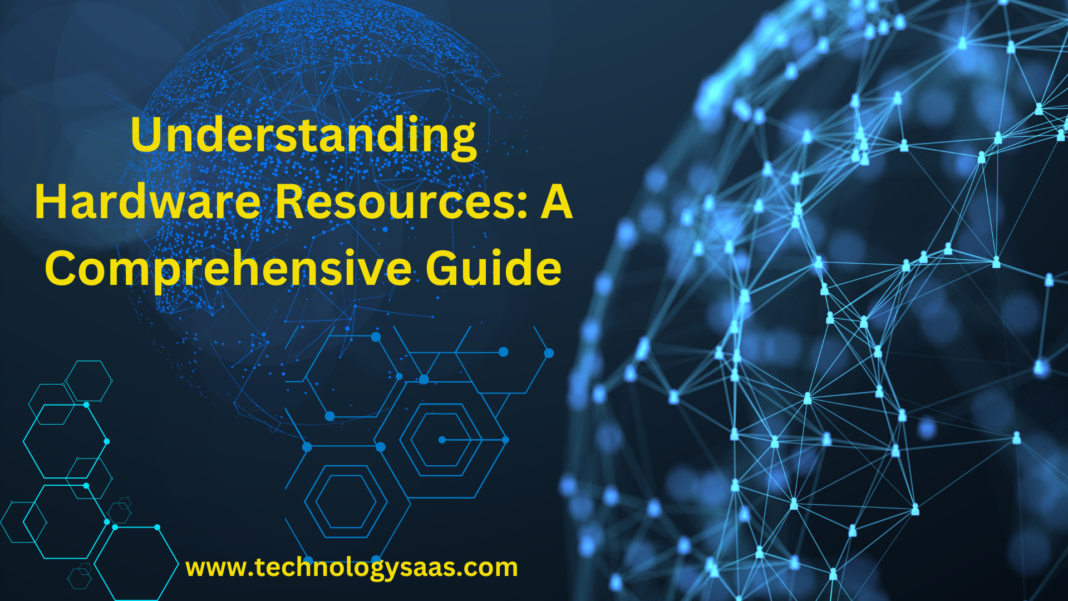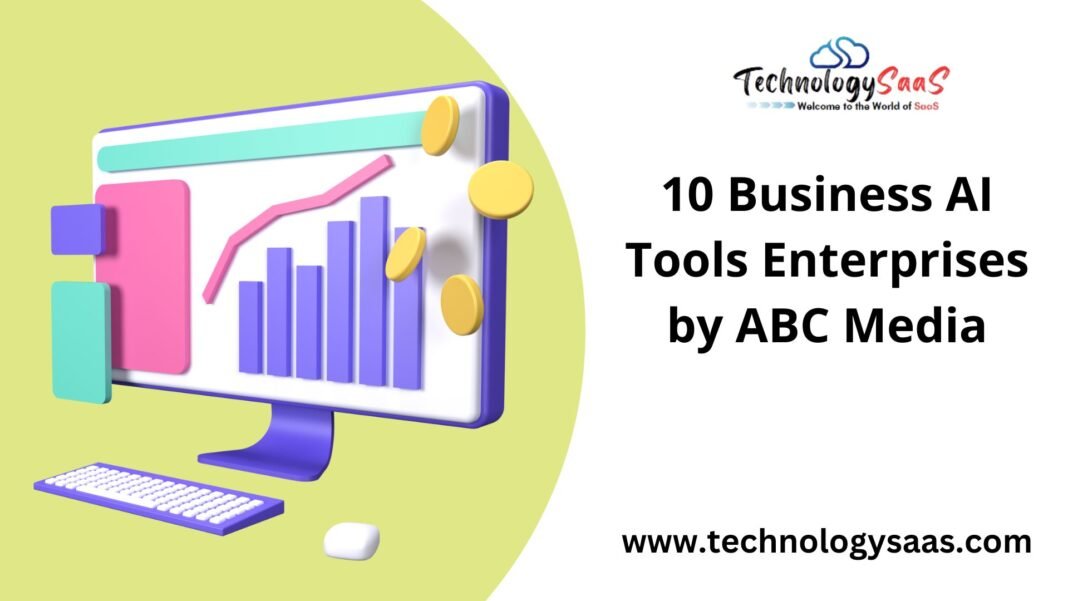Introduction
In the digital era of marketing, where everyone is computing for the power drives innovation and understanding its hardware resources are important for anyone who is involved in technology. Whether you are a system engineer or an administrator, or a software developer, or simply a tech enthusiast, knowing how to purchase hardware resources for work and how to manage them effectively and significantly further from the impact of performance and reliability, and scalability. This article delves into the core components of hardware resources, their functions, and best practices for management.

What Are Hardware Resources in the Physical World?
Hardware resources in the physical world are the parallel components in a computer engineering system that contribute to its operation and performance. These include:
1.Central Processing Unit (CPU):
CPU is called the brain of the computer, it is responsible for executing all instructions and performing calculations to all system, the speed of CPU is measured in gigahertz (GHz), and the number of cores it has been determine that how much it fasts, it can process information.
2.Memory (RAM):
(RAM) Random Access Memory is the short-term system for memory where all production data is stored, database means all features, images, videos, content that is actively being used for further processing. RAM determines the amount of how many tasks can be handled simultaneously and affects the speed of operations.
3.Storage in Hardware Resources:
The solid-state drives are called (SSD) and hard disk drives (HDD). Storage capacity affects how much data a system can be holding, while this type of storage impacts data and retrieval speed. SSDs are faster and more reliable than typical more expensive HDDs.
4.Graphics Processing Unit (GPU) Hardware Resources:
It is essential for rendering images, video, and animations. GPUs are particularly important for tasks involving high-resolution graphics, video editing, and gaming. They are also used in parallel processing tasks such as machine learning.
5.Network Interface Card (NIC) Hardware Resources
Network Interface Card (NIC) enables a computer to connect to a network like Wi-Fi and allows data to be sent and to be received over local or wide-area networks. The NIC’s speed up capabilities affect the performance of network-intensive applications and softwires.
6.Power Supply Unit (PSU) In Hardware Resources:
Hardware Resources (PSU) is the power supply unit that converts electrical power supply from an outlet into different usable internal components of the computer. The PSU’s wattage is determined by the total amount of power available to the whole system.
7.Motherboard in Computer:
Motherboard is the backbone of the computer, it is connecting to all the hardware components and allowing them to communicate. The motherboard can also dictate all process types of memory, and other hardware can be used in the system.
How Hardware Resources Work Together
For a computer to function efficiently, its hardware resources must work in harmony. The CPU processes instructions, while RAM provides the necessary data. The GPU handles graphic-intensive tasks, and storage ensures data is available when needed. The motherboard ensures all these components can communicate effectively.
For example, hardware resources in a gaming setup, a high-performance CPU and GPU are crucial for smooth gameplay. The RAM needs to be sufficient to handle the game’s data, and fast SSD storage reduces loading times. The motherboard must support these components, and the PSU must provide enough power to keep everything running.
Managing Hardware Resources
To manage in a proper way of hardware resources is the key to maximizing performance and enhancing the lifespan of computer systems. Here we have to discuss some best practices to follow:
1. Regular Maintenance of Computer:
Dust particles and debris can clog fans of devices and reduce cooling strength efficiency, it is leading to overheating the device. Regular cleaning of the interior of the computer can prevent damage.
2.System Monitoring:
There are tools like Task Manager (Windows) or Activity Monitor (Mac), these can help to monitor CPU, RAM, and disk usage on bottlenecks or underutilized resources.
3.Upgrading Components:
As software and play store apps are more demanding, so some older hardware may struggle to keep up. RAM, switching to an SSD, or installing a more powerful GPU can upgrade the system a significant boost.
4.Efficient Cooling in Hardware Resources:
One of the most important questions is how a computer could be damaged?? The fastest reply is overheating that leads to hardware failures and adequate cooling, especially for intensive tasks like gaming or video editing.
5.Power Management Hardware Resources
Using a PSU with a higher wattage than average requirement can improve stability, especially when upgrading the components of the computer. Additionally, using a power supply with a good efficiency rate can reduce energy consumption.
Conclusion
As, it could be judged by understanding and managing hardware resources is essential for ensuring its background optimal performance and longevity of some computer systems. By knowing each other in components and following the best practices to keep the maintenance system running smoothly and efficiently, whether graphics designing or for web development, gaming, or other intensive tasks like saving the data. As technology stays to inform you about the latest hardware developments will help for your computing needs.



